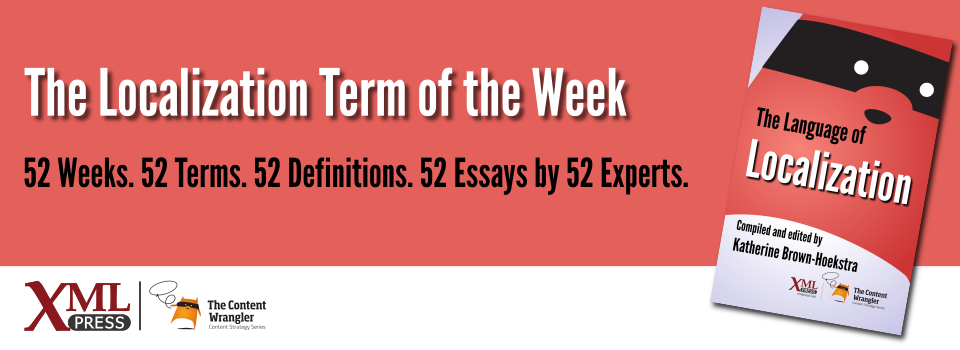What is it?
The production of professional quality, print-ready materials using specialized software to design the layouts and templates. It has replaced manual typesetting and paste up as a discipline, and has evolved beyond desktop computers to include laptops, mobile devices, and the cloud.
Why is it important?
DTP software is used to produce most printed documentation in circulation. It can be 50% of the cost of a localization project, so if the source files are poorly internationalized, this task can break a company’s localization budget[Esselink, 2000]. Properly implemented XML or other structure can significantly reduce DTP costs, but you still need skilled designers to create the output templates.
Why does a technical communicator need to know this?
The proliferation and evolution of DTP applications presents a business challenge to localization vendors and clients alike with regard to evaluating, purchasing, maintaining, and managing training for these tools.
As DTP applications evolved, the industry developed processes to efficiently extract formatted text from DTP tools for processing by computer-aided translation (CAT) systems.
Content developers use DTP software to create the source. The localization team extracts the textual elements, passes them through the translation process, then re-integrates the text back into the original DTP software for final production of the target language versions.
In a perfect world, this round trip would require no modifications to the layout post-translation, but this is rarely the case. Poorly designed templates, layouts, and graphic designs often lead to a lot of re-work after the translated content has been re-integrated.
While many DTP applications also support output to online deliverables, DTP as a discipline (particularly in localization) focuses on print-ready content and requires knowledge of design and typography best practices.
In localization, DTP works best when the content is intelligently created and well-internationalized, beginning with using a DTP localization expert to create source templates. Without such expertise, and even with the most capable software, you are likely to end up with badly designed and poorly created documentation that will cost significant time and money to localize.
Many documentation developers are switching to content management systems rather than traditional DTP software, but DTP software still remains an integral part of the documentation production process for most printed material.

